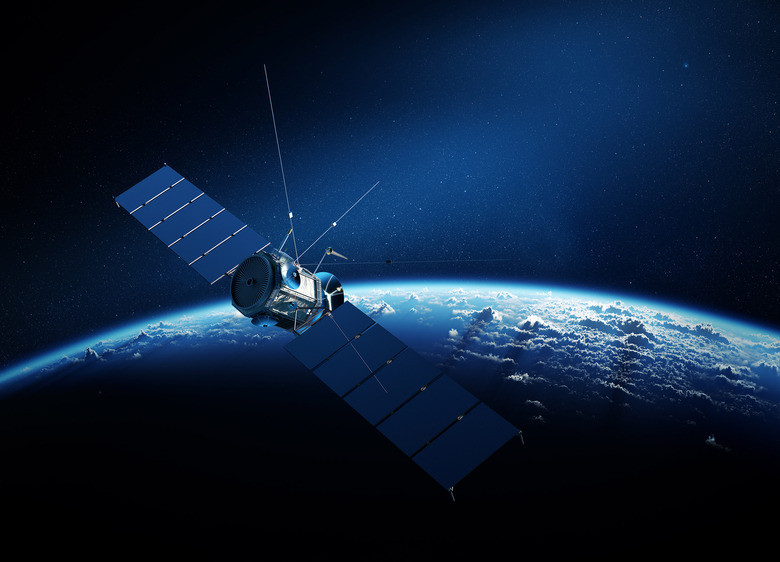Scientists Want To Launch Massive Advertisements Into Space To Glow Above Cities
If you thought the idea of Pepsi creating space ads was bonkers when the company proposed it back in 2019, then things are about to get a lot worse. Now, a group of Russian scientists has proposed a similar idea, which could see massive logos like Starbucks, Pepsi, Coke, and more painted in the night sky.
The idea is to remove the need to pay for and run ads here on Earth. Instead, they'd advertise different products on massive space ads that are created by a formation of satellites. Think of it as skywriting, but it is a lot more complex and, you know, in space. It's an intriguing idea that could ultimately create many more problems than it aims to solve.
The Russian scientists proposed the idea in a paper they published in the journal Aerospace. The researchers say that space ads could be viable and utilize CubeSat-like satellites—roughly the size of NASA's CubeSat spacecraft—with pixel displays attached to them.
It's not really that far off of a look from what we've seen in futuristic movies, where the night sky is painted in neon colors and advertisements. But, the use of space ads is problematic for several reasons.
First, there's the insane cost of sending those satellite formations into space in the first place. The researchers say it would only cost around $65 million per mission, which is economically viable. But that doesn't account for the damage the fossil fuels used in launching the satellites would cause for climate change issues.
And sure, the space ads program could use systems like SpinLaunch's Suborbital Accelerator to fling the satellite formations into space. But, again, there are overarching problems that we need to address before we go sending thousands of tiny satellites into the sky – and that problem is space junk.
Since the early days of the space program, humanity has sent tons of junk into space in their attempt to explore the stars. The space junk problem continues to grow, and if we were to add satellites capable of running space ads to that problem, it would only worsen it. Plus, the satellites would rely on reflecting sunlight, which would only make them visible at sunset or sunrise.
Ultimately, it's unclear whether or not exploring something like space ads would be worth it. It might be, but there are still all those reasons why we shouldn't. And honestly, if we're going to throw a bunch of satellites into orbit, we should probably figure out a better solution for space junk before doing so.
